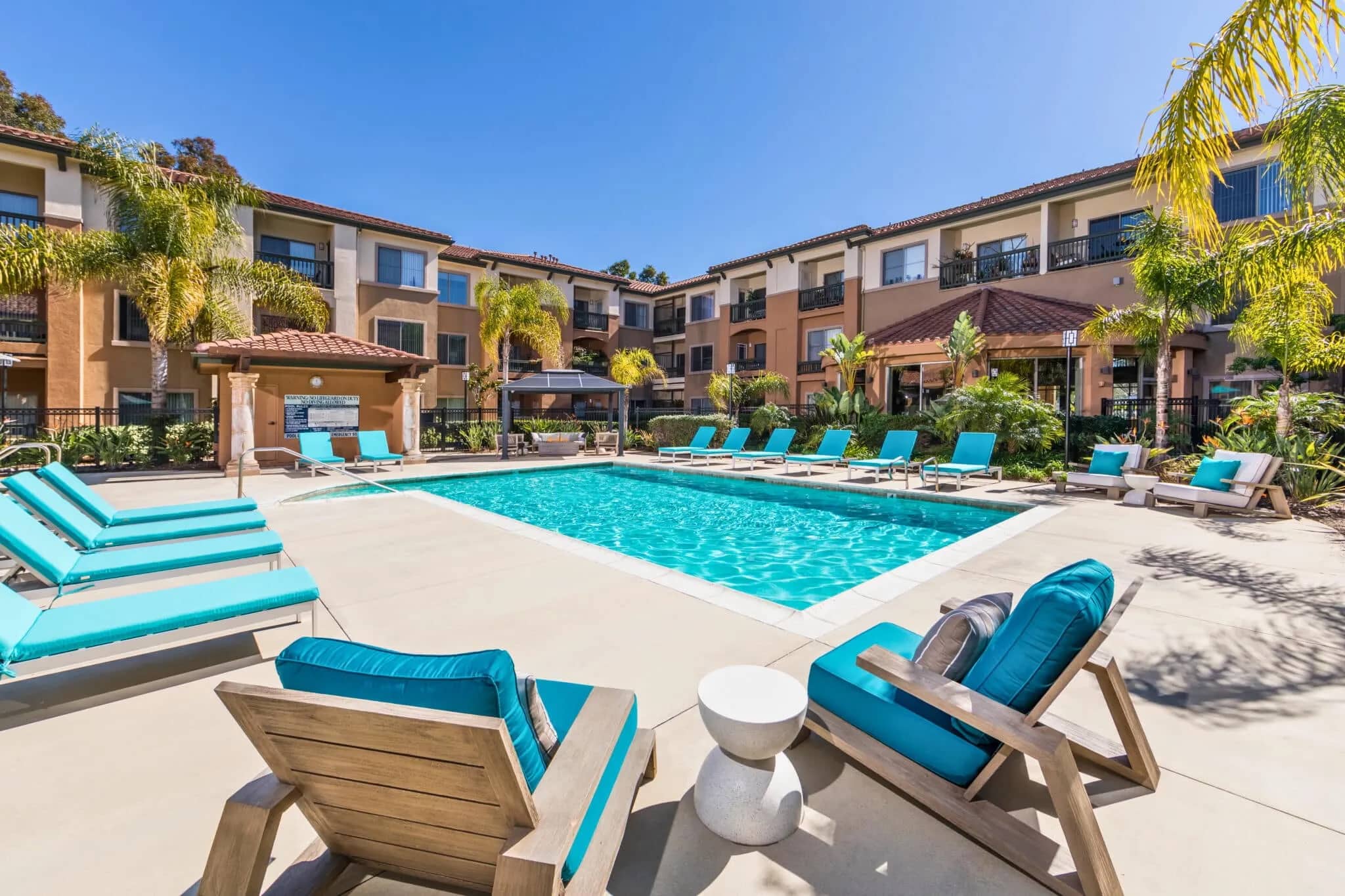If you’re nearing retirement, exploring low-cost retirement states is a smart way to stretch your savings and make the most of your golden years. For many retirees, affordability is a top concern. Living on a fixed income requires careful planning, and choosing the right location can help your nest egg go further. However, finding an affordable retirement destination depends on several key factors.
Housing costs, home insurance, retirement taxes (or tax breaks), grocery and utility expenses, and access to quality medical care all play a crucial role. If keeping costs down is a top priority, explore our top low-cost retirement states to find the ideal balance between budget and lifestyle.
1. West Virginia

While the Mountain State tops the list of least expensive states to retire, West Virginia has much more to offer than just being a low-cost retirement state. Known for its stunning natural scenic beauty and numerous lakes and rivers, this state is a haven for outdoor lovers. Hiking, fishing, and boating are favored outdoor activities among active adults. West Virginia cities and towns are also home to rich cultural scenes, with numerous museums, galleries, performing arts venues, and local festivals.
Housing Costs: The median home price is $155,600, and property taxes cost residents an average of about $835 a year, both significantly below national averages. Home insurance averages $1009 for $300,000 in dwelling coverage, but lower housing costs can mean residents pay significantly less.
Tax Benefits: Retirement income is partially taxed in West Virginia. Social Security is to become state income tax-exempt in 2026. Pensions, 401(k), and IRA distributions are taxed, but retirees 65 and older can claim an $8,000 deduction against that income. Taxpayers with government pension income can claim an additional $2,000 deduction.
Cost of Living Advantages: General living costs in West Virginia are lower than national averages, with groceries costing an average of about $240/week and utilities costing around $315/month. Monthly Medicare premiums average about $20.11 monthly.
2. Mississippi

While it’s a lesser-known retirement destination, the Magnolia State is home to beautiful beaches, forests, and historic towns. Mississippi’s mild climate, laid-back lifestyle, and southern charm attract more retirees each year.
Housing Costs: The median home value in Mississippi is $161,400, and residents can expect to pay around $1,189 annually for property taxes. However, home insurance costs residents about $3,339 a year (well over the national average).
Tax Benefits: Retirement income in Mississippi is exempt from taxes, but other types of income (including early withdrawals from retirement accounts) are taxable.
Cost of Living Advantages: Paying for necessities in Mississippi is affordable for most retirees, with utilities costing about $255/month (27% less than the national average) and groceries averaging $291/week. The average monthly Medicare premium is $11.96.
3. Indiana

The Hoosier State is an ideal spot for retirees seeking access to nature, sports, and cultural attractions. Numerous state parks, forests, lakes, and golf courses offer outdoor recreation. Indiana is also known for its love of basketball and auto racing and cities populated with numerous museums, galleries, and performing arts venues.
Housing Costs: Homes in Indiana average around $201,600, and residents can expect to pay $1,496 in annual taxes. Homeowner’s insurance averages around $1,712 each year for $300,000 in dwelling coverage.
Tax Benefits: Social Security isn’t taxed in Indiana, but all other retirement income is taxed at a flat rate of 3.05%. There are no estate or inheritance taxes in Indiana.
Cost of Living Advantages: Basic necessities in Indiana are lower than national averages, with utilities averaging around $300/month and groceries costing around $240/week. The average monthly Medicare premium is $14.65.
4. Tennessee

Home to a temperate climate, 57 state parks, and over 60,000 miles of rivers, streams, and creeks, the Volunteer State draws more retirees each year. Tennessee also boasts a rich cultural heritage, with numerous music festivals, art galleries, and museums.
Housing Costs: The median home value is $256,800, and residents pay an average of $1,400 in annual taxes. However, home insurance is slightly higher than the national average at $2,499 annually for $300,000 of dwelling coverage.
Tax Benefits: Tennessee has no income tax, so there is no tax on retirement income. There is also no estate or inheritance tax, allowing your heirs to inherit tax-free.
Cost of Living Advantages: Utilities in Tennessee cost about $294 monthly, and groceries cost an average of $270/week. Retirees can expect to pay about $9.70 for monthly Medicare premiums.
5. Georgia

The Peach State woos retirees with a picturesque coastline, scenic mountains, and charming historic towns. With a mild climate and numerous state parks, forests, and beaches, Georgia provides ample opportunities to partake in outdoor activities like hiking, boating, camping, and fishing. Here are some factors that make it a low-cost retirement state.
Housing Costs: Georgia’s median home costs are higher than some others on our list. However, $272,900 is still below the national average. Residents can expect to pay about $2,214 in annual taxes and $1,994 annually for home insurance.
Tax Benefits: Social Security is the only retirement income not taxable in Georgia. All other income is taxed at a flat rate of 5.49%. However, an admirable retirement income tax exclusion reduces the burden significantly. Taxpayers 62 and older may exclude up to $35,000 of their retirement income, and those 65 and older can exclude up to $65,000.
Cost of Living Advantages: Keeping the lights on is more affordable than in most states, with an average utility cost of $286/month (over 18% less than the national average). The average cost of groceries is $278/week, and the average monthly Medicare premium is $11.65.
6. Alabama

The Heart of Dixie is home to a large population of retirees who enjoy the mild climate, outdoor activities, and cultural experiences. This low-cost retirement state offers access to beautiful beaches, numerous lakes, and an abundance of parks, perfect for fishing, boating, golfing, and hiking. The state is also home to numerous museums, historic sites, and music festivals.
Housing Costs: Alabama is known for its low housing costs, with median home values around $195,100 and annual taxes averaging about $738. However, home insurance costs about $3,010 each year for $300,000 in dwelling coverage.
Tax Benefits: Alabama doesn’t tax Social Security or pensions, but 401(k) and IRA distributions are partially taxable. The first $6,000 of distributions are tax-exempt for retirees age 65 and older.
Cost of Living Advantages: Utilities cost Alabama residents around $387/month, and groceries cost most households around $271/week. Retirees can expect to pay an average of $8.79 for monthly Medicare premiums.
Consider Other Factors When Choosing a Low-Cost Retirement State

Affordable living isn’t the only thing to look for when determining the best place to retire. It’s essential to consider a variety of lifestyle preferences, including climate, entertainment opportunities, pet-friendliness, outdoor activities, and proximity to loved ones. Age-restricted communities exist in practically every state in our nation, and many offer affordable housing options in a range of styles. If you’re ready to take the plunge into retirement, 55places can help you find your ideal active adult community. Contact us today to learn more.








